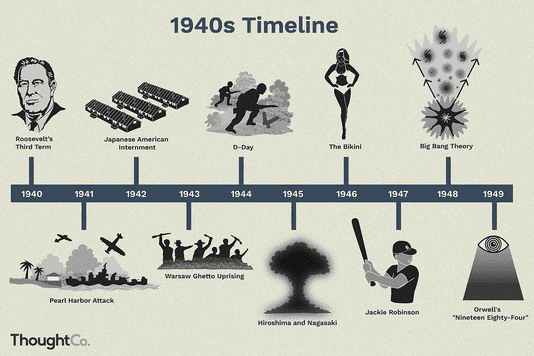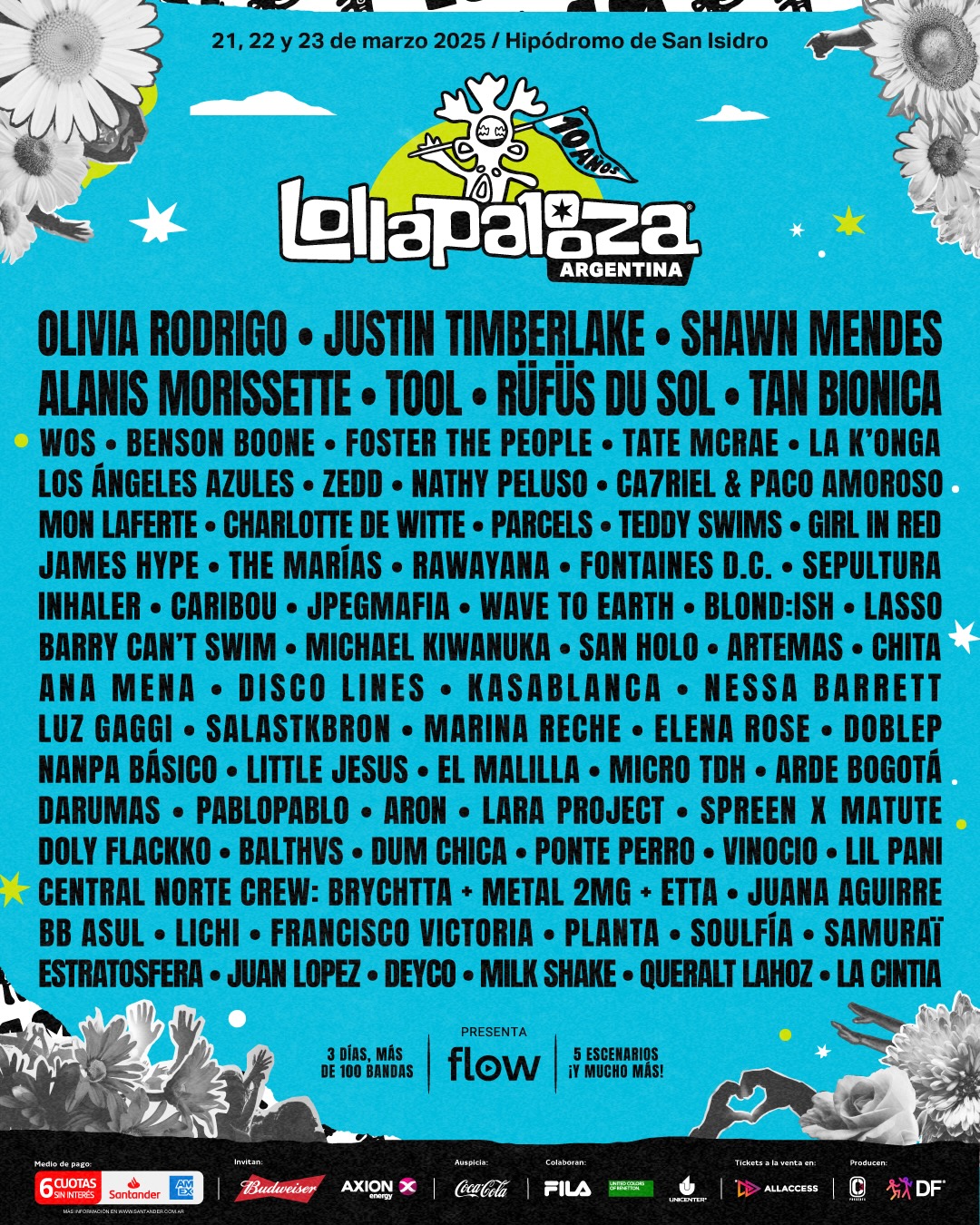From Casual Viewing To Global Phenomenon: The Rise Of YouTube

Table of Contents
The Genesis of YouTube: Early Days and Innovation
The Launch and Initial Growth
Launched in February 2005 by Chad Hurley, Steve Chen, and Jawed Karim, YouTube initially offered a simple concept: sharing short videos online. The platform quickly gained traction, fueled by early viral videos that captured the zeitgeist. The ease of uploading and sharing videos, coupled with a burgeoning broadband internet infrastructure, propelled its initial growth.
- Key features of early YouTube: Simple video uploading, user comments, and basic search functionality.
- Initial target audience: Primarily young adults interested in sharing personal experiences and humorous content.
- Challenges faced in the early years: Bandwidth limitations, server capacity issues, and copyright infringement concerns.
- Early monetization strategies: Initially relied on venture capital funding; later explored advertising options.
Technological Advancements and Infrastructure
YouTube's growth wasn't solely dependent on its concept; technological advancements were crucial. Improvements in video compression techniques (like H.264) significantly reduced file sizes, allowing for faster uploads and smoother streaming. The expansion of broadband internet access across the globe played a vital role, enabling wider access to high-quality online video.
- Improvements in video quality over time: From low-resolution, pixelated videos to high-definition and even 4K streaming.
- The role of broadband internet: Widespread availability of high-speed internet enabled seamless streaming and wider adoption.
- Innovations in video delivery and playback: Adaptive bitrate streaming, which adjusts video quality based on internet connection, greatly enhanced user experience.
YouTube's Expansion and Diversification
From Amateur Videos to Professional Content
YouTube's evolution wasn't limited to technological improvements; the content itself drastically changed. The platform transitioned from primarily user-generated content to a home for professional content creators. The YouTube Partner Program (YPP), launched in 2007, played a crucial role, enabling creators to monetize their content through advertising revenue. This spurred the rise of YouTube stars, individuals who built massive followings and careers through their channels.
- The emergence of different content niches: Gaming, beauty, education, cooking, and countless other niches flourished, catering to diverse interests.
- The impact of YouTube Partners Program: Enabled content creators to earn money, encouraging higher-quality production and a more professional approach.
- The evolution of video production quality: From simple webcam recordings to highly produced videos with professional editing and equipment.
Global Reach and Localization
YouTube's expansion beyond its initial US audience is another key element of its success. The platform is now available in over 80 languages, reflecting its global reach. However, this expansion presented challenges, including cultural nuances and language barriers. YouTube has invested heavily in translation and subtitling efforts to make content accessible to a wider audience.
- Challenges of localization: Adapting content to resonate with different cultures and audiences.
- Translation and subtitling efforts: Making content accessible to non-English speakers.
- Regional variations in content consumption: Different countries and regions exhibit unique preferences in video content.
YouTube's Impact on Culture and Society
Influence on Entertainment and Media
YouTube has profoundly impacted the traditional entertainment industry. It has become a powerful platform for emerging artists and musicians to reach global audiences, bypassing traditional gatekeepers. The rise of YouTube stars has disrupted the traditional media landscape, creating new avenues for fame and fortune.
- Examples of successful YouTube stars: PewDiePie, MrBeast, and countless others who have built multi-million subscriber bases and lucrative careers.
- Impact on music industry: YouTube has become a major platform for music discovery and promotion.
- Influence on film and television: YouTube has served as a launchpad for independent filmmakers and as a distribution channel for established studios.
Education, News, and Social Commentary
Beyond entertainment, YouTube serves as a powerful educational tool, offering access to lectures, tutorials, and educational content from around the world. It also plays a significant role in news dissemination and social commentary, providing alternative perspectives and fostering discussions on important issues.
- Examples of educational channels: Khan Academy, Crash Course, and countless others offering high-quality educational resources.
- The role of YouTube in disseminating news and information: Citizen journalism and independent news sources leverage YouTube to reach audiences.
- Instances of YouTube's use in social movements: YouTube has served as a platform for organizing protests, raising awareness, and mobilizing social change.
YouTube's Business Model and Monetization
Advertising Revenue and Partnerships
YouTube's primary revenue stream is advertising. Various ad formats, including pre-roll, mid-roll, and display ads, generate revenue for the platform. The YouTube Partner Program (YPP) allows creators to share in this revenue, creating a mutually beneficial system.
- Types of YouTube ads: Skippable and non-skippable ads, display ads, and sponsored content.
- The YouTube Partner Program requirements: Channels must meet certain criteria (subscriber count, watch time) to participate in the YPP.
- Challenges faced in content monetization: Balancing user experience with advertising revenue, addressing copyright issues, and dealing with ad fraud.
YouTube Premium and Subscription Services
YouTube Premium, a subscription service, offers ad-free viewing, offline downloads, and access to YouTube Originals. This subscription model diversifies YouTube's revenue and provides a premium experience for users.
- Benefits of YouTube Premium: Ad-free viewing, background playback, offline downloads, and access to YouTube Originals.
- Its impact on user experience: Enhances the viewing experience by eliminating interruptions from ads.
- The future of subscription-based services on YouTube: Likely to play an increasingly significant role in YouTube's revenue streams.
Conclusion
YouTube's journey from a simple video-sharing platform to a global phenomenon is a testament to its innovative spirit and adaptability. Its impact on culture, society, and the media landscape is undeniable. From providing a space for amateur creativity to becoming a powerhouse of professional content, education, and news, YouTube has redefined online video and continues to evolve. What are your favorite YouTube channels? Share your thoughts in the comments below and let's discuss the continued evolution of YouTube and its impact on the future of online video and digital media!

Featured Posts
-
 The High Cost Of Protectionism Renaults Us Sports Car Project And Trumps Tariffs
Apr 25, 2025
The High Cost Of Protectionism Renaults Us Sports Car Project And Trumps Tariffs
Apr 25, 2025 -
 Significant Events Of April 1945 A Historical Overview
Apr 25, 2025
Significant Events Of April 1945 A Historical Overview
Apr 25, 2025 -
 Meet The Speakers At Harrogate Spring Flower Show 2025
Apr 25, 2025
Meet The Speakers At Harrogate Spring Flower Show 2025
Apr 25, 2025 -
 Donald Trump Presidency News April 23 2025 Updates
Apr 25, 2025
Donald Trump Presidency News April 23 2025 Updates
Apr 25, 2025 -
 Outside Lands Coachella And Lollapalooza 2025 Lineup Speculation And Predictions
Apr 25, 2025
Outside Lands Coachella And Lollapalooza 2025 Lineup Speculation And Predictions
Apr 25, 2025
Latest Posts
-
 Los Angeles Palisades Fire A List Of Celebrities Whose Homes Were Damaged Or Destroyed
Apr 26, 2025
Los Angeles Palisades Fire A List Of Celebrities Whose Homes Were Damaged Or Destroyed
Apr 26, 2025 -
 The China Factor Analyzing The Difficulties Faced By Bmw Porsche And Other Auto Brands
Apr 26, 2025
The China Factor Analyzing The Difficulties Faced By Bmw Porsche And Other Auto Brands
Apr 26, 2025 -
 The Growing Problem Of Betting On Natural Disasters Focus On Los Angeles
Apr 26, 2025
The Growing Problem Of Betting On Natural Disasters Focus On Los Angeles
Apr 26, 2025 -
 Los Angeles Wildfires A Case Study In Disaster Speculation
Apr 26, 2025
Los Angeles Wildfires A Case Study In Disaster Speculation
Apr 26, 2025 -
 How Middle Management Drives Company Growth And Employee Development
Apr 26, 2025
How Middle Management Drives Company Growth And Employee Development
Apr 26, 2025
